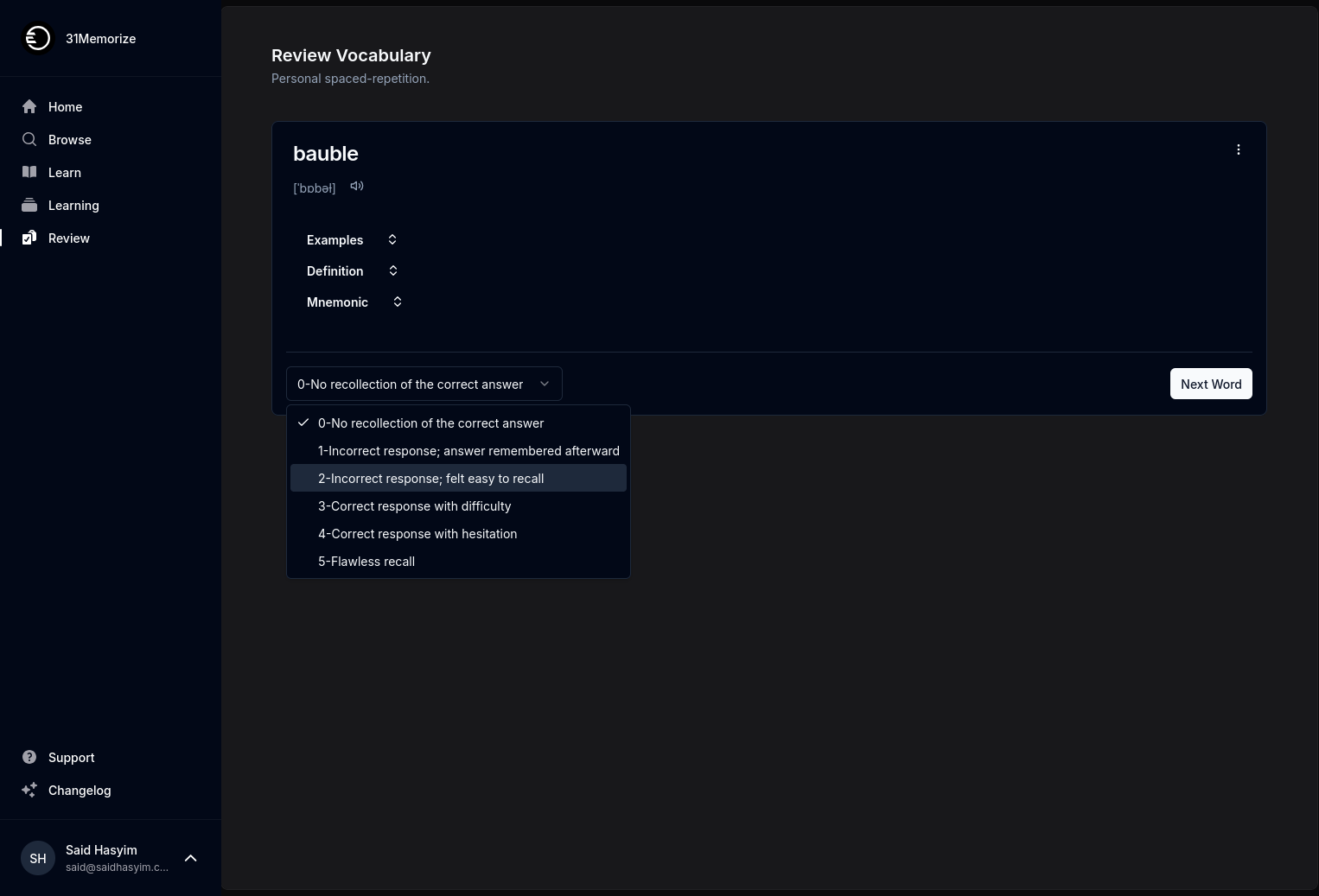Top Metrics for Analyzing Book Ratings Effectively
Analyzing book ratings can be an enlightening process for anyone who loves literature. Whether you’re a casual reader, a literary critic, or an author looking for insights into your work, understanding how to assess book ratings effectively can inform your reading choices and writing practices alike. In this post, we'll cover the top metrics you should consider when diving into book ratings.
1. Average Rating
One of the most obvious metrics to look at is the average rating. In general, a higher average rating can indicate a better-received book. However, context matters here. For example, a book with a high average rating that only has a few reviews might not be as reliable as one with a moderate rating from hundreds of reviewers.
What to Consider:
- Distribution of Ratings: Look at the range of ratings (e.g., how many 5-star vs. 1-star ratings).
- Sample Size: A higher number of ratings usually results in a more reliable average.
2. Rating Distribution
Rating distribution shows how readers perceive a book across the entire scale. It illustrates the percentage of ratings in each category (e.g., 1 star to 5 stars). This metric helps you see whether a book has a broad base of support or if there’s a stark division between praise and criticism.
What to Consider:
- Polarization: If a book has a lot of 1-star and 5-star ratings with few in between, it could indicate a polarized response.
- Trend Over Time: Check if the distribution changes over time. Do initial ratings swing one way that later balances out?
3. Reviewer Count
The number of reviews plays a critical role in understanding the average rating's reliability. A book with only a handful of reviews may have skewed data, whereas a large number of reviews usually gives a better picture of the overall perception.
What to Consider:
- New vs. Established Works: New releases may have fewer ratings initially, while classic or popular books may come with a larger review base.
- Engagement Levels: A book with an engaged reader base will often accumulate more reviews, reflecting a deeper interest in the work.
4. Review Recency
The timeliness of reviews can be very telling. More recent reviews often reflect current readers' sentiments, which can be particularly significant for genres that evolve over time, like contemporary fiction and non-fiction.
What to Consider:
- Trends Over Time: Are newer reviews consistent with older ones, or is there a shift in perspective?
- Catalysts for Change: Sometimes, events such as a movie adaptation or an author’s social media presence can spike interest.
5. Sentiment Analysis
Delving deeper into the content of reviews can provide a wealth of information. Sentiment analysis involves examining the text of reviews to determine the emotional tone behind them—whether they are positive, negative, or neutral.
What to Consider:
- Themes and Trends: Identify common themes in positive versus negative reviews.
- Reader Expectations: Sentiment may reveal insights into reader expectations and whether the book fulfills them.
6. Genre Comparison
Analyzing ratings within a specific genre can provide context. Some genres may inherently have lower average ratings due to the audience's expectations or the criteria by which they assess works.
What to Consider:
- Genre Expectations: Certain genres may be more prone to polarized reviews—horror, for example, can be divisive.
- Comparison to Similar Works: How does the book fare against its genre contemporaries?
7. Readership Demographics
Understanding who is reading a book can shed light on its ratings. Reviews from particular demographics may reveal insights related to cultural references, relatability, and thematic resonance.
What to Consider:
- Age Groups: Different age groups may rate the same book differently based on their life experiences.
- Cultural Backgrounds: Readers from varied backgrounds often bring unique perspectives to literary interpretation.
8. Author Following
The author’s popularity and existing readership can influence ratings. Well-known authors may receive a surge of positive ratings due to brand loyalty, while lesser-known authors might struggle to garner attention.
What to Consider:
- Established vs. New Authors: An established author might receive more favorable ratings initially than a new author.
- Author Engagement: An engaged author can often sway reader perception, positively impacting ratings.
9. Impact of Reviewer Credibility
Reviewer credibility plays a crucial role in perceived ratings. Established critics, book bloggers, or verified readers often have their insights weighted differently than those of occasional readers.
What to Consider:
- Influencer Impact: Reviews from high-profile book critics or bloggers can significantly influence ratings.
- Community Recognition: Ratings from platforms with a reputation for trustworthy reviews can lend more weight to the metrics.
10. Historical Context
Examining a book's historical context and how it has been rated over time can provide valuable insights. Consider how societal changes might influence how a book is received in different eras.
What to Consider:
- Evolution of Taste: Literature evolves, and books once considered groundbreaking may receive more critical attention today.
- Cultural Shifts: Take note of social movements or changes that impact how people view certain themes within books.
Conclusion
Analyzing book ratings involves much more than just checking numerical scores. By considering the average rating, distribution, reviewer count, recency, sentiment, genre comparisons, readership demographics, author following, reviewer credibility, and historical context, you can better understand the intricacies behind reader perceptions.
Utilizing these metrics can enrich your reading experience, whether you're searching for your next great escape or hoping to gauge the reception of your literary work. Remember that every book is a conversation waiting to happen, and the metrics we choose to analyze can provide a deeper understanding of that dialogue. Happy reading!
